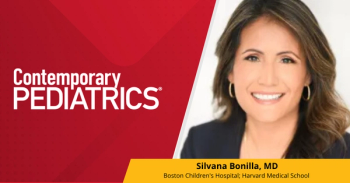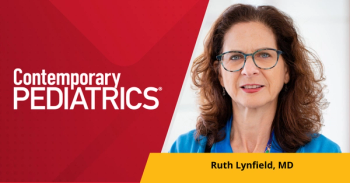
AAP joins with 2 medical organizations to optimize child safety in emergency settings
The American Academy of Pediatrics has released a join policy statement with the American College of Emergency Physicians and the Emergency Nurses Organizations discussing how child safety can be optimized in emergency settings.
The American Academy of Pediatrics (AAP) has joined with the American College of Emergency Physicians and the Emergency Nurses Organizations to optimize the safety of pediatric patients in emergency environments.
The 3 organizations represent over 157,000 health care providers, nurses, and emergency department clinicians. They released a joint policy statement titled, “Optimizing Pediatric Patient Safety in the Emergency Care Setting.”
The statement, along with an accompanying technical report, will be published in the November 2022 edition of Pediatrics, along with Annals of Emergency Medicine and the Journal of Emergency Nursing.
“This policy lays out the steps that emergency departments can take to lessen the risk of medical errors and provide safe care for children of all ages,” said Madeline M. Joseph, MD, FAAP, FACEP, lead author of the joint statement. “This includes keeping medicines and equipment on hand that are appropriate for children. It also means listening and engaging families in decisions about child’s care.”
Frequent workflow interruptions, multiple care changes, and other routine changes were all concerns that led to the joint effort for prioritizing safe care for pediatric patients severely ill or injured. The AAP stated that policies should lead to patient safety, trained personnel in emergency departments, and resources for treating children in critical conditions to be considered critical.
Weight-dependent medication and appropriate equipment and training are the best practices for the safety of children, according to the AAP. In the statement, the importance of leaders adopting proper policies for pediatric care is discussed.
The 3 organizations also encouraged that the cultural barriers in medicine be identified, citing research that language, cultural, and socioeconomical challenges lead to some patients experiencing preventable adverse events. There are also mental health needs of patients which the report notes must be addressed, especially during the COVID-19 pandemic.
“Children are not little adults,” Joseph said. “There are many ways we can improve safety for all patients who are seen in an emergency setting. It will take time and teamwork.”
Reference
The American Academy of Pediatrics joins with the American College of emergency physicians and Emergency Nurses Organizations on optimizing child patient safety in emergency settings. American Academy of Pediatrics. October 3, 2022. Accessed October 5, 2022.
Newsletter
Access practical, evidence-based guidance to support better care for our youngest patients. Join our email list for the latest clinical updates.














